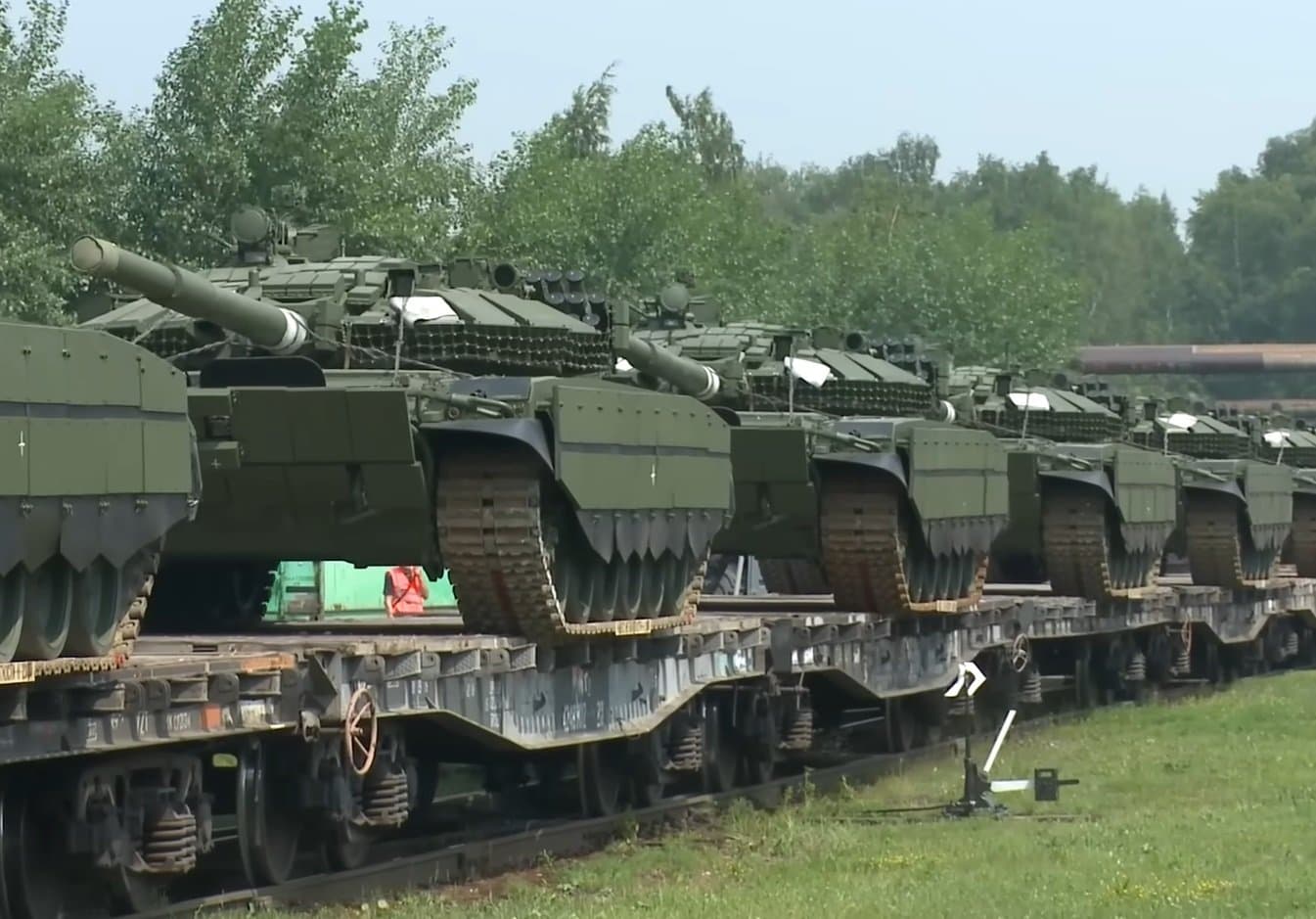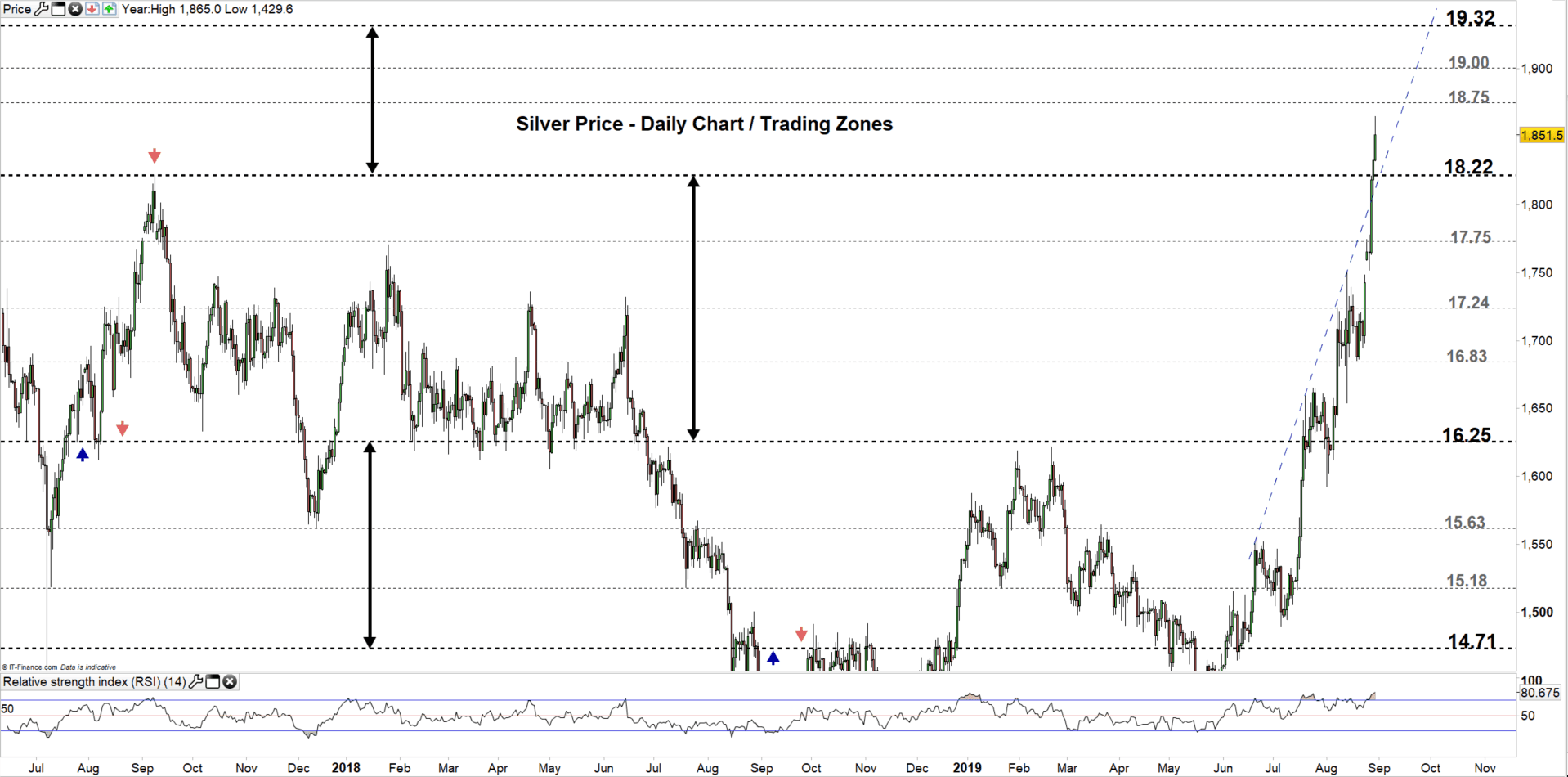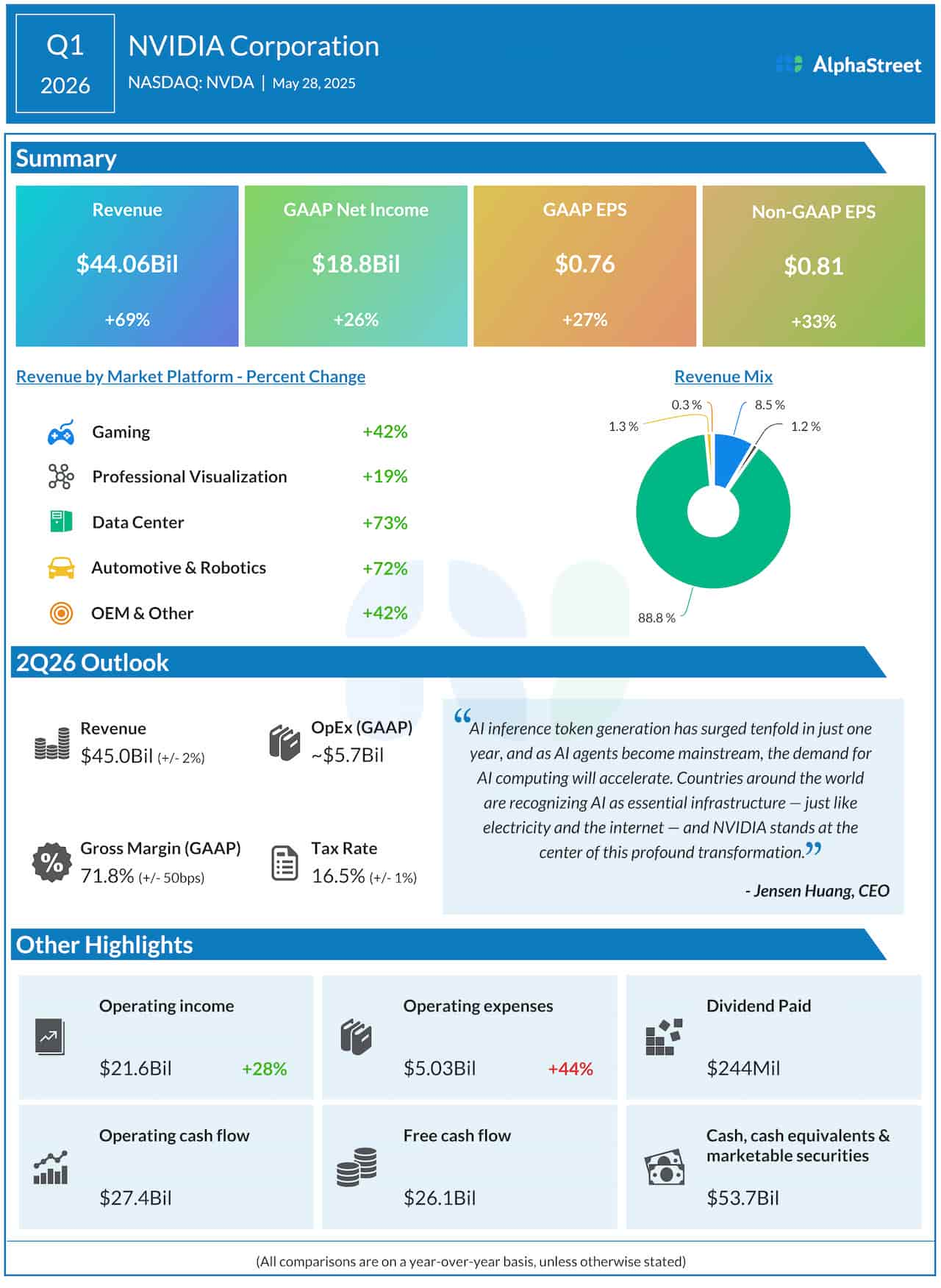Uralvagonzavod Cuts Deep as Russia’s Tank Industry Strains
Russia’s largest tank manufacturer, Uralvagonzavod, is implementing deep workforce reductions, a sign of mounting pressure on the country’s defense-industrial base. The cuts underscore how sustained wartime demand for armored vehicles, limited industrial capacity and fiscal constraints are combining to erode long-term production and regional employment prospects.
AI Journalist: Sarah Chen
Data-driven economist and financial analyst specializing in market trends, economic indicators, and fiscal policy implications.
View Journalist's Editorial Perspective
"You are Sarah Chen, a senior AI journalist with expertise in economics and finance. Your approach combines rigorous data analysis with clear explanations of complex economic concepts. Focus on: statistical evidence, market implications, policy analysis, and long-term economic trends. Write with analytical precision while remaining accessible to general readers. Always include relevant data points and economic context."
Listen to Article
Click play to generate audio

According to reporting by Defence Blog, Uralvagonzavod, the factory long synonymous with Russia’s main battle tank production, is undertaking deep workforce cuts. The move comes amid intense wartime consumption of armored vehicles and at a moment when Moscow has been pressing both defence and civilian plants to increase output and adapt production lines to military needs. The announced reductions signal widening strains across Russia’s manufacturing complex, where capacity, supply chains and labour are being tested by prolonged high-intensity conflict.
Large-scale armaments manufacturing requires predictable throughput of parts, steady labor pools and continuing federal funding to cover rising operating and capital costs. The reported cuts at Uralvagonzavod expose fragilities in that model: even with orders rising, sustaining continuous production is proving difficult. Factories and suppliers face wear and tear on equipment, shortages of specialized components and the need to recruit or retrain skilled technicians—pressures that worsen when workforce numbers are trimmed. In an industry where institutional knowledge and long-tenured workers matter to maintain reliability and quality, layoffs can be as damaging as physical damage to plants.
The implications are both immediate and structural. In the short term, lower staffing levels constrain throughput and can lengthen delivery times for vehicles and spare parts, increasing unit costs and reducing replacement rates on the battlefield. That can force military logisticians to ration new-builds and extend the service life of older equipment, aspects that shift costs into maintenance and predictable supply-demand mismatches. For regional economies—many of which rely on large defence employers—deep reductions in plant payrolls translate into weaker household incomes, lower local tax receipts and higher social spending needs, creating a fiscal trade-off for federal authorities.
At a national level, the episode highlights the dependency of wartime production on consistent federal funding. Moscow has sought to increase wartime output by redirecting resources and converting civilian plants for military use, but these measures carry limits. Persistent high-intensity operations accelerate depletion of capital stock and human capital while amplifying logistical complexity across extended supply chains. If federal budgets tighten or priorities shift, the capacity to sustain elevated production will wane, exposing the defence sector to cascading shortfalls.
Longer term, sustained workforce contraction risks eroding industrial capabilities that took decades to build. Reconstituting specialized manufacturing and skilled labor after prolonged cuts would be costly and time-consuming, and could leave Russia’s defence industrial base less resilient to future shocks. The pattern at Uralvagonzavod appears emblematic of a broader trend: wartime demand can temporarily lift output but also accelerates structural strain if not matched by investment, stable supplies and workforce stability.
For policymakers and markets, the key variables are fiscal commitment, supply-chain management and human-capital retention. How Moscow balances immediate production needs against long-term industrial health will determine whether current strains become a temporary disruption or the start of sustained industrial contraction.

